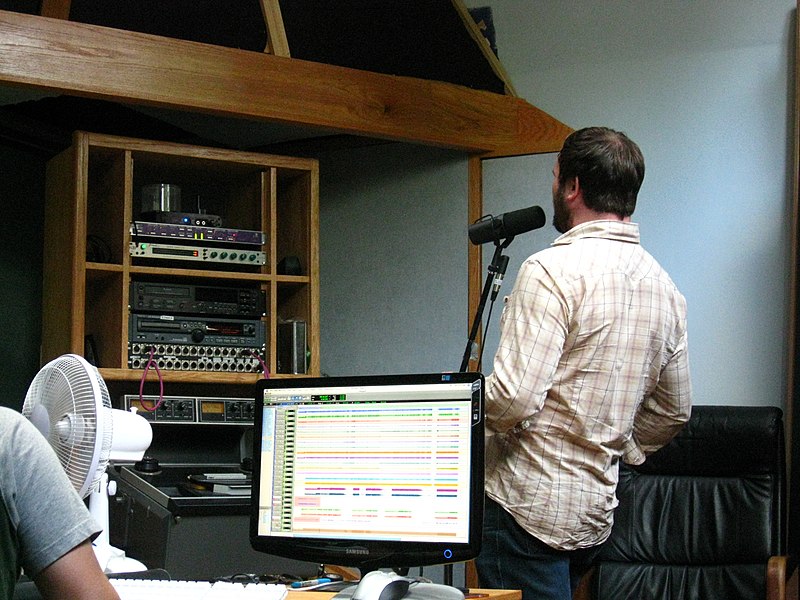The key difference between voice over and dubbing is that dubbing replaces the original narration or dialogue, whereas voice over does not. Both dubbing and voice over are techniques used to explain stories or convey messages to the audience. Voice-over is almost a narration, while dubbing involves narration and dialogues. Therefore, dubbing is more active, and dubbing actors have to make more effort to lip-sync with the on-screen actors.
Key Takeaways
- Voice over is a production technique where a voice that is not a part of the narrative is recorded to narrate a story or explain information.
- Dubbing involves adding new dialogues or sounds to the audio track of a motion picture that has already been filmed, often used to translate dialogues from one language to another.
- The main difference between voice over and dubbing is that dubbing replaces the original narration or dialogue, while voice over does not.
What is Voice Over?
Voice over is a production technique where a voice that is not a part of the narrative is recorded to narrate a story or explain information. Voice over is used in filmmaking, radio, television presentations, and theatre presentations. It is read or spoken from a script, and the person is only heard and not seen. This narration is added to the presentation in addition to the already existing narrative.
This technique is used in documentaries, commercials, news reports, video games, announcements, and information at events and in promotional movie trailers. It is also used in live award presentations. There are two types of voice-over techniques named narration and non-narration. In the narration method, a voice is used to describe the action shown on the screen and describes the things happening. In the non-narration method, the voice-over is informational, educational, and instructional.
What is Dubbing?
Dubbing refers to adding new dialogues or sounds to the audio track of a motion picture that has already been filmed. This involves replacing the actor’s voice with the performer’s speaking other languages. This method is identified as revoicing in the film industry.
This technique is generally used to translate foreign language films into the audience’s language. When doing this, the translation is matched to the lip movements of the actors on the screen. Although dubbed soundtracks cannot match the artistic quality of the original product, dubbing is used for a better understanding of the film.
There are two types of dubbing named animation dubbing and live-action dubbing. The voice actors have more freedom in animation dubbing since those characters are not much nuanced as humans, but in live-action dubbing, the voice actor has to imitate the original actor’s performance.
What is the Difference Between Voice Over and Dubbing?
Voice over is spoken text in audiovisual media, while dubbing is recording new voices for an audiovisual product in post-production and substituting them for the original voices. The key difference between voice over and dubbing is that dubbing replaces the original narration or dialogue, whereas voice over does not.
Summary – Voice Over vs Dubbing
Voice over is a production technique where a voice that is not a part of the narrative is recorded. This is more like storytelling or narration. Dubbing involves adding new dialogues or sounds to the audio track of a motion picture that has already been filmed. This involves creativity and emotions. Dubbing is often used to translate dialogues from one language to another, replacing the original dialogue. Thus, this summarizes the difference between voice over and dubbing.
